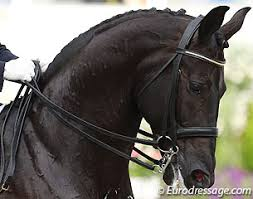equine exam 2 bits
1/29
There's no tags or description
Looks like no tags are added yet.
Name | Mastery | Learn | Test | Matching | Spaced |
|---|
No study sessions yet.
30 Terms
hackamore bit
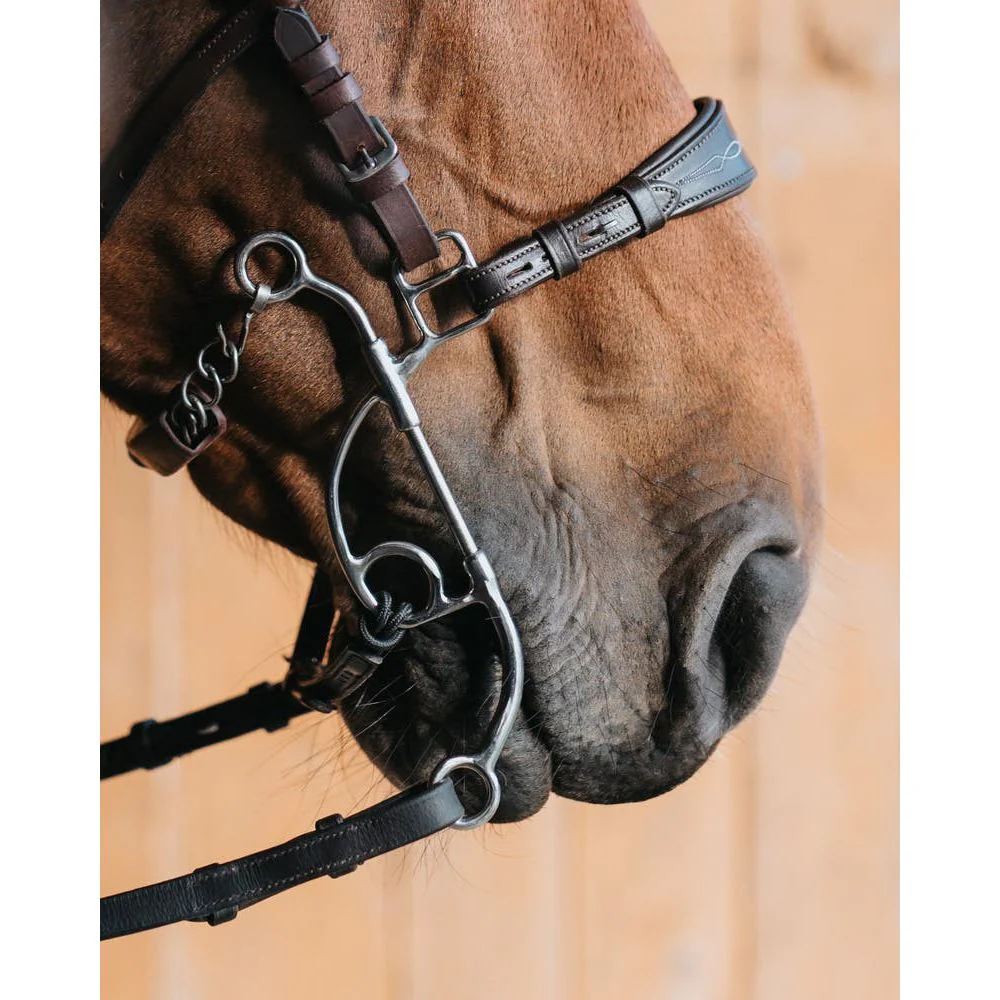
Gag bit

D ring bit
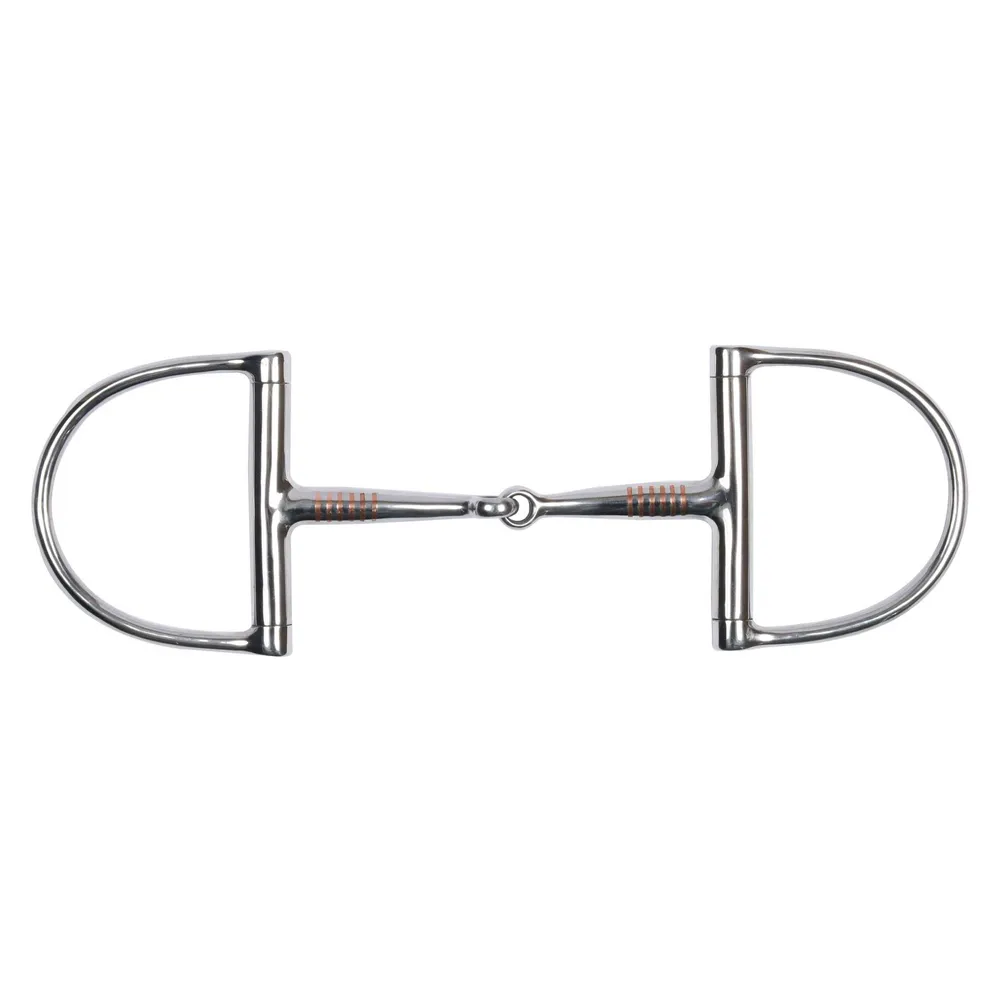
Snaffle bit
The rein attaches directly to the mouthpiece.
the bit acts with a nutcracker action on the bars of the mouth, the corners of the mouth and the tongue
as the rider takes a contact on the rein, the horse feels an equal amount of contact on the bit in his mouth
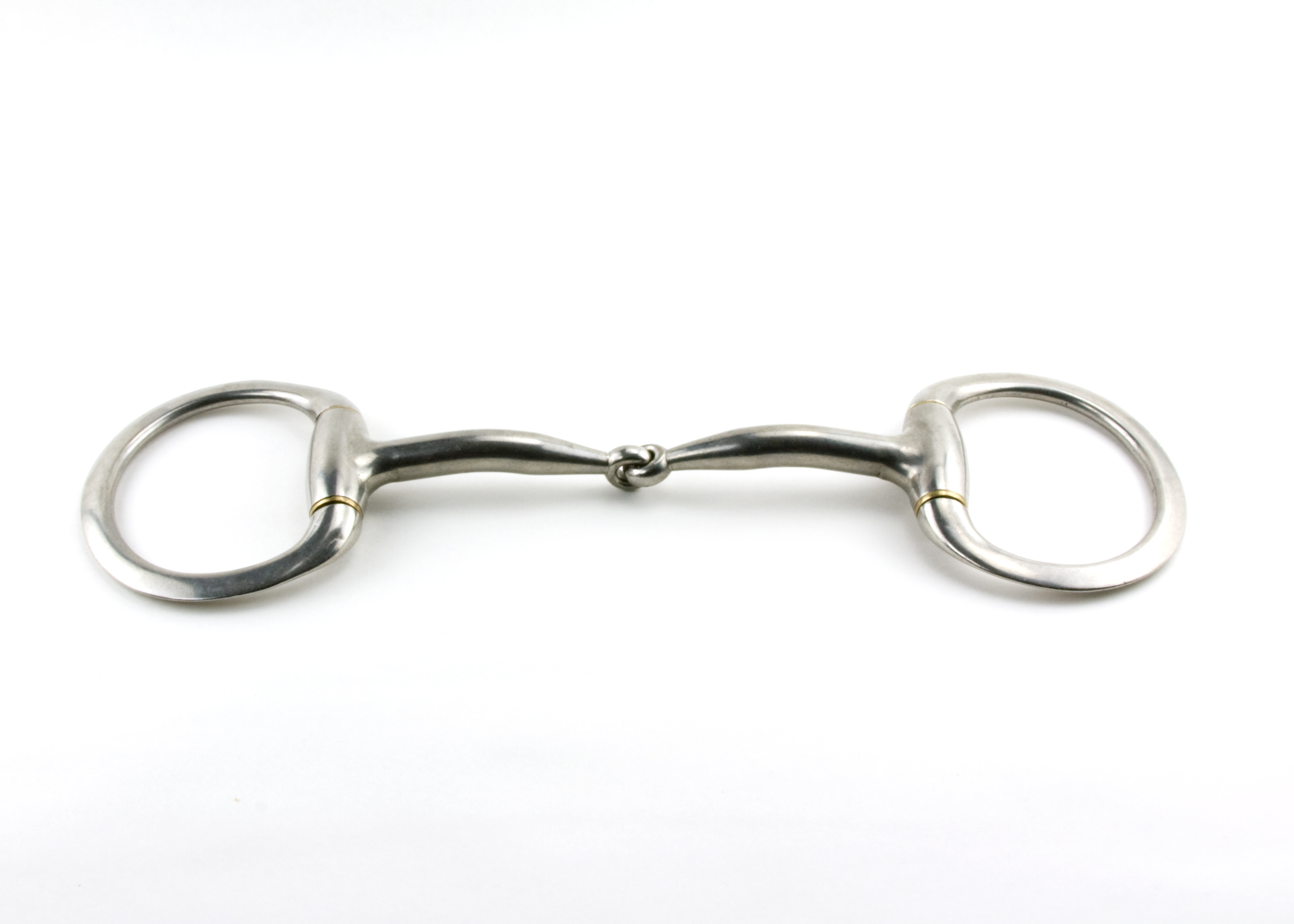
French link bit
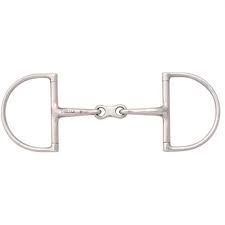
Full cheek bit
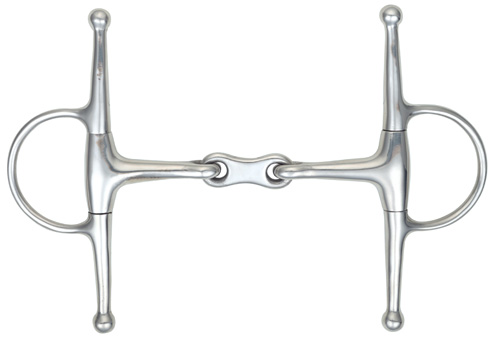
Dr bristol bit

3-ring elevator bit
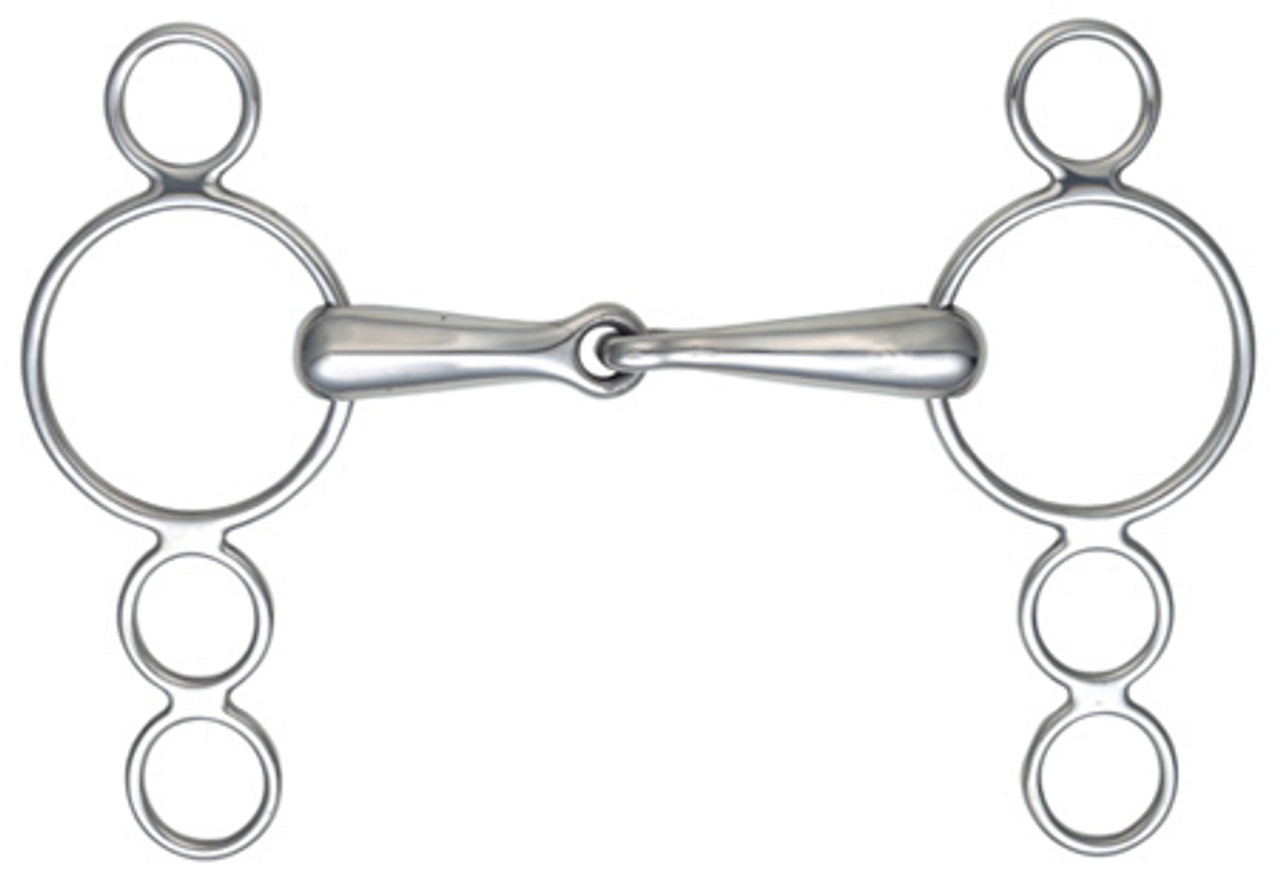
Port bit
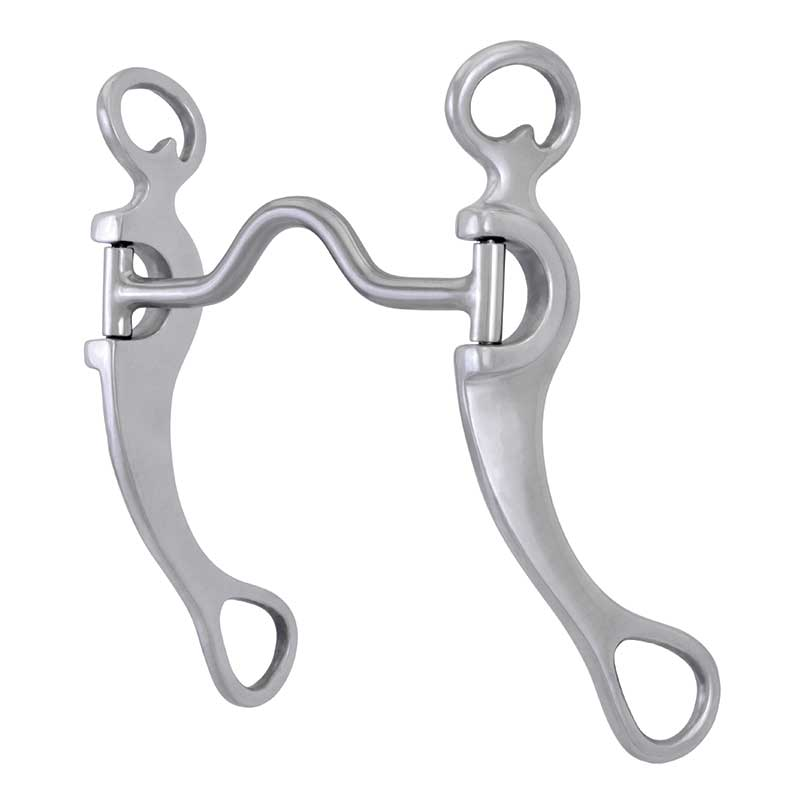
Pellum bit

Slow twist bit
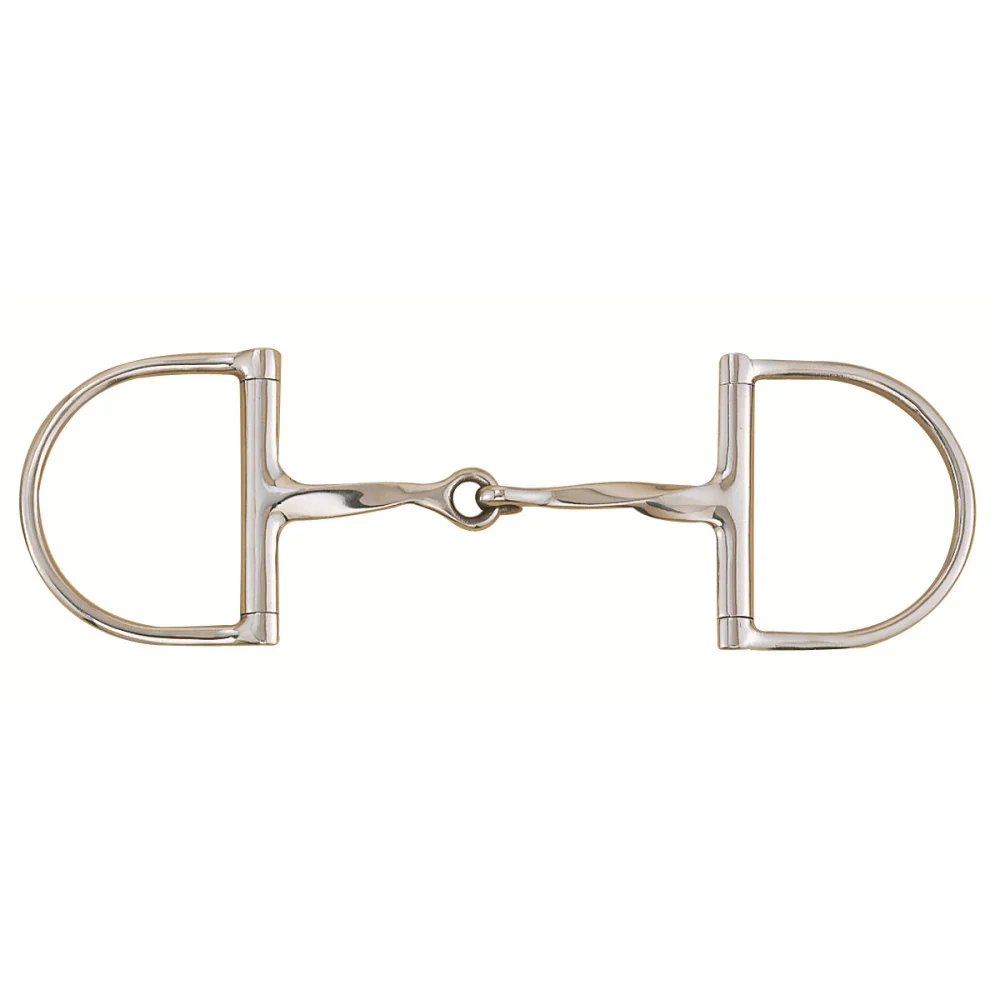
Twisted wire bit

waterford bit
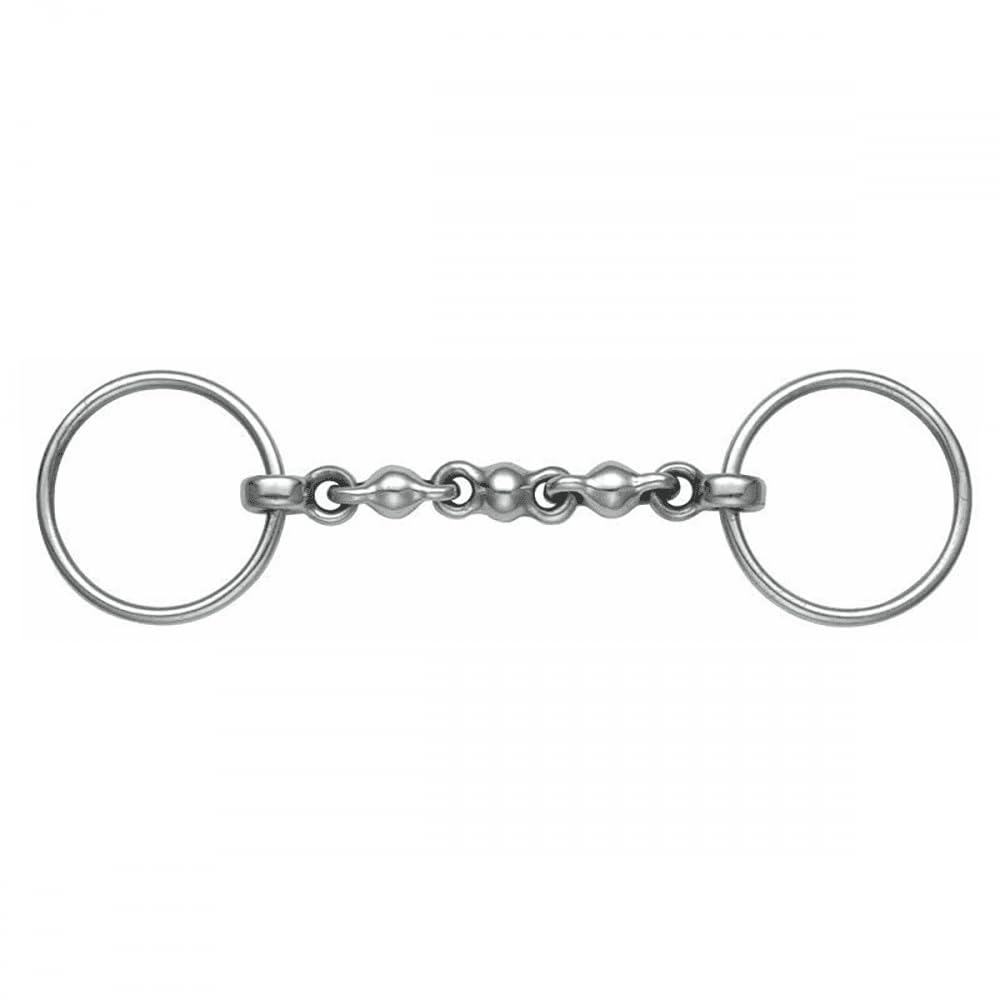
Loose ring bit
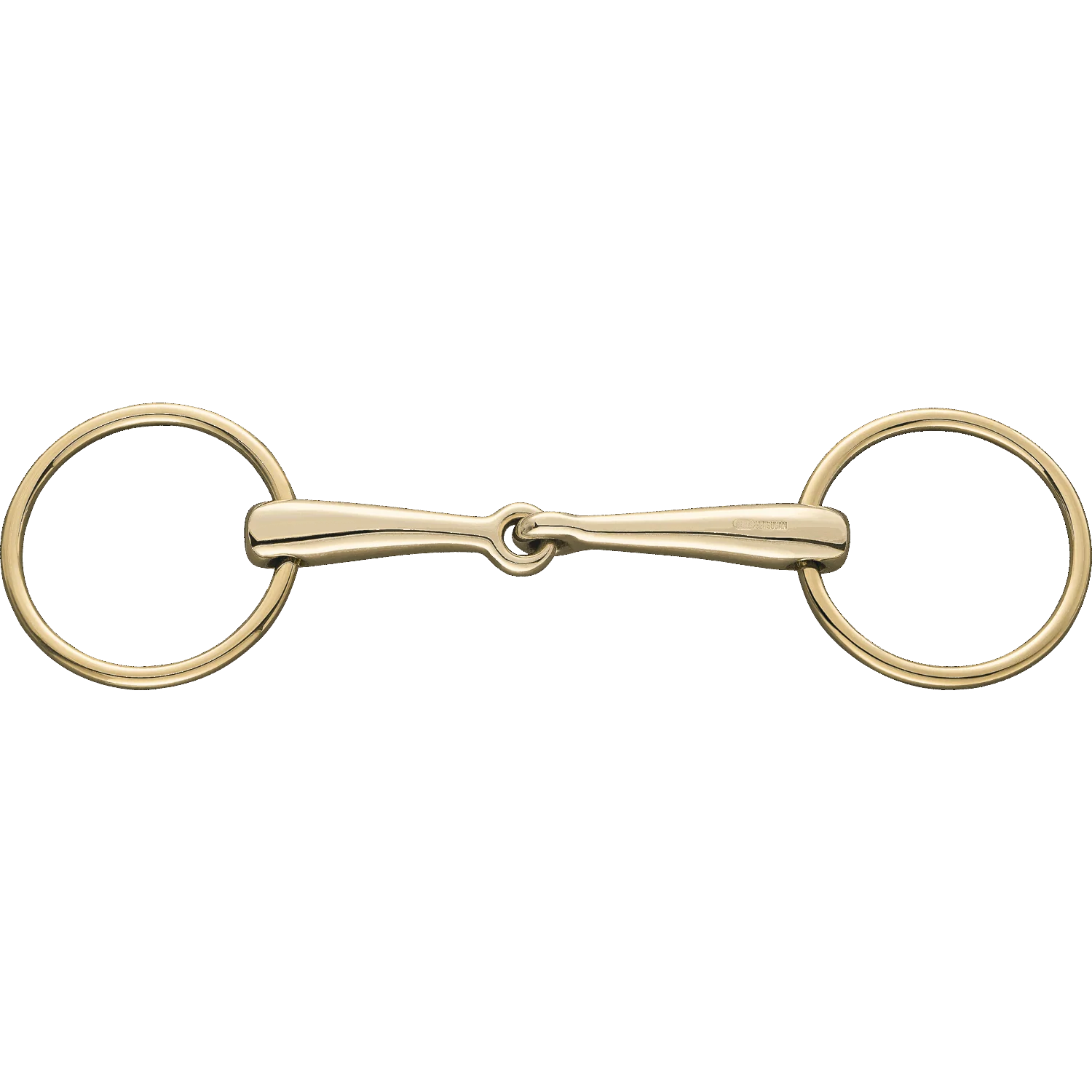
jointed mouth bit
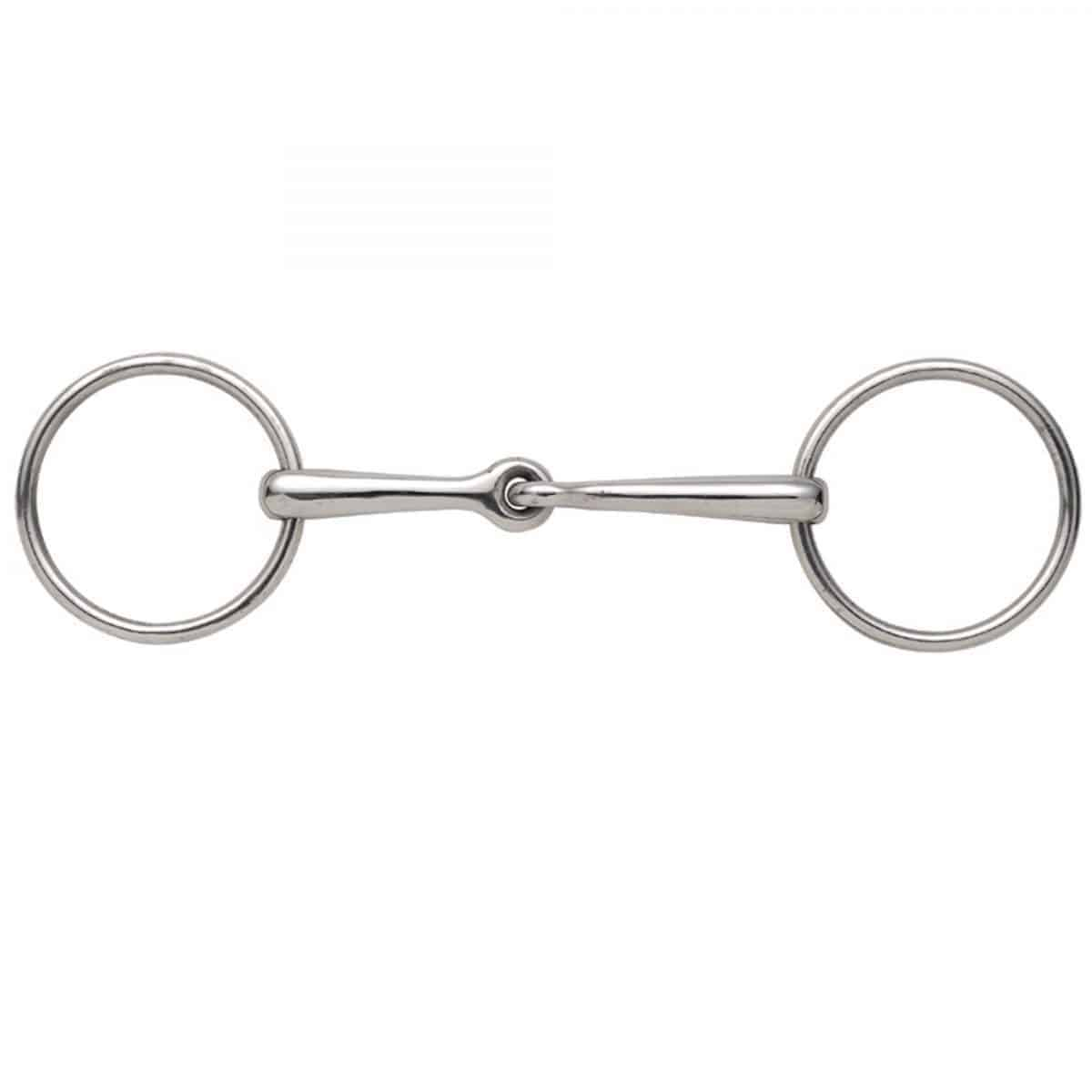
mullen mouth bit

egg butt bit

half cheek bit
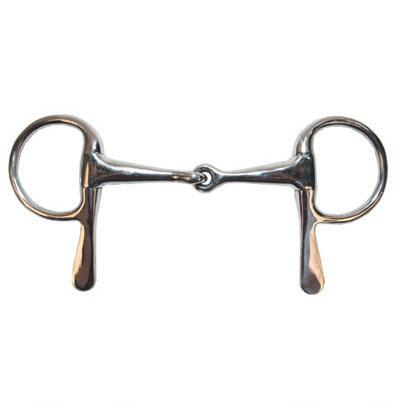
fulmer cheek bit

curb bit
the rein attaches to a shank or cheekpiece which adds leverage
when the rider takes contact on therein, the horse feels a greater amount of contact
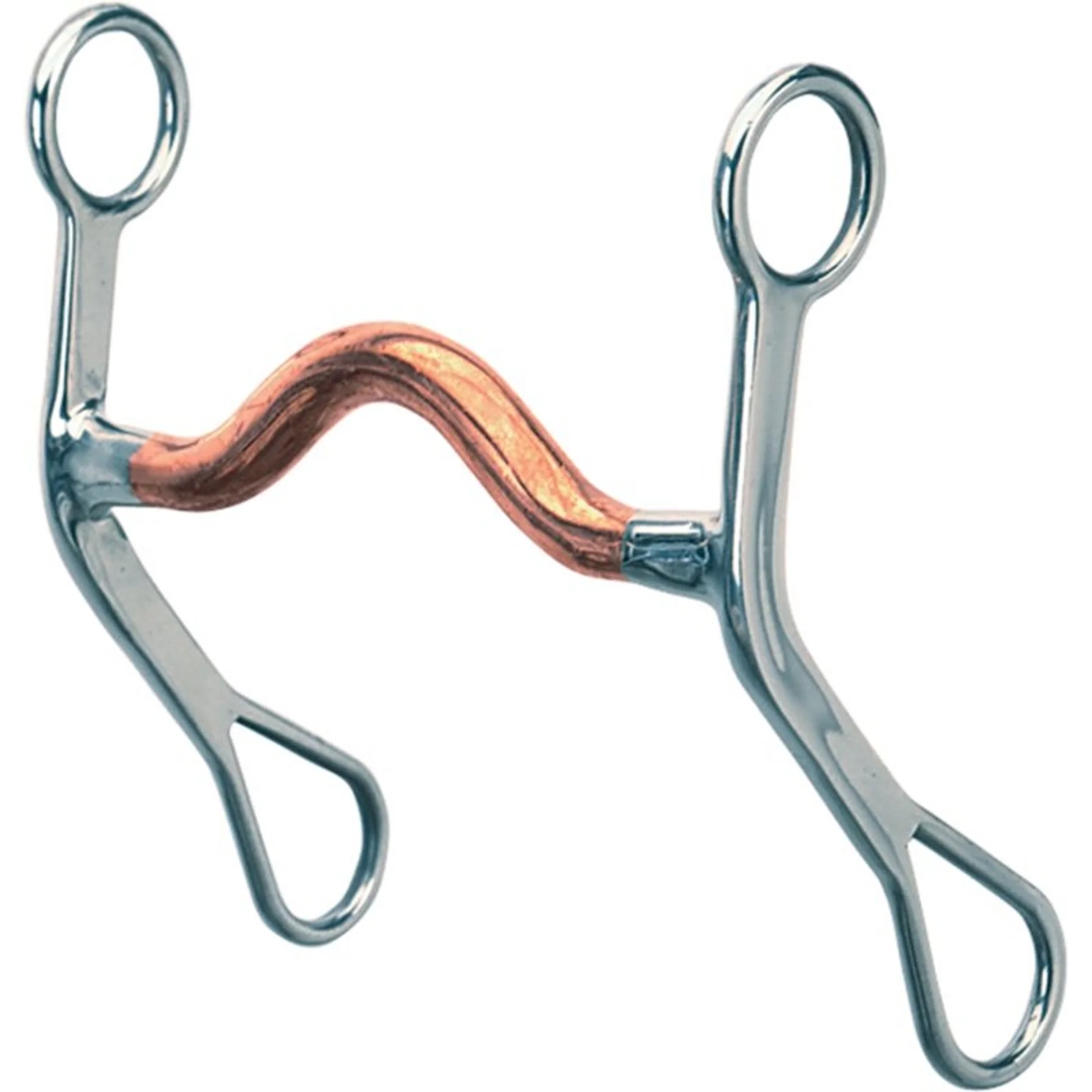
Roof of mouth
Inside of lips
Gap between teeth (bar)
Internally, the bit is working on what?
Chin groove
Pole
Lips
Externally, the bit is working on what?
fixed mouthpiece bit
action is more precise
encourages horse to hold the bit quietly on mouth
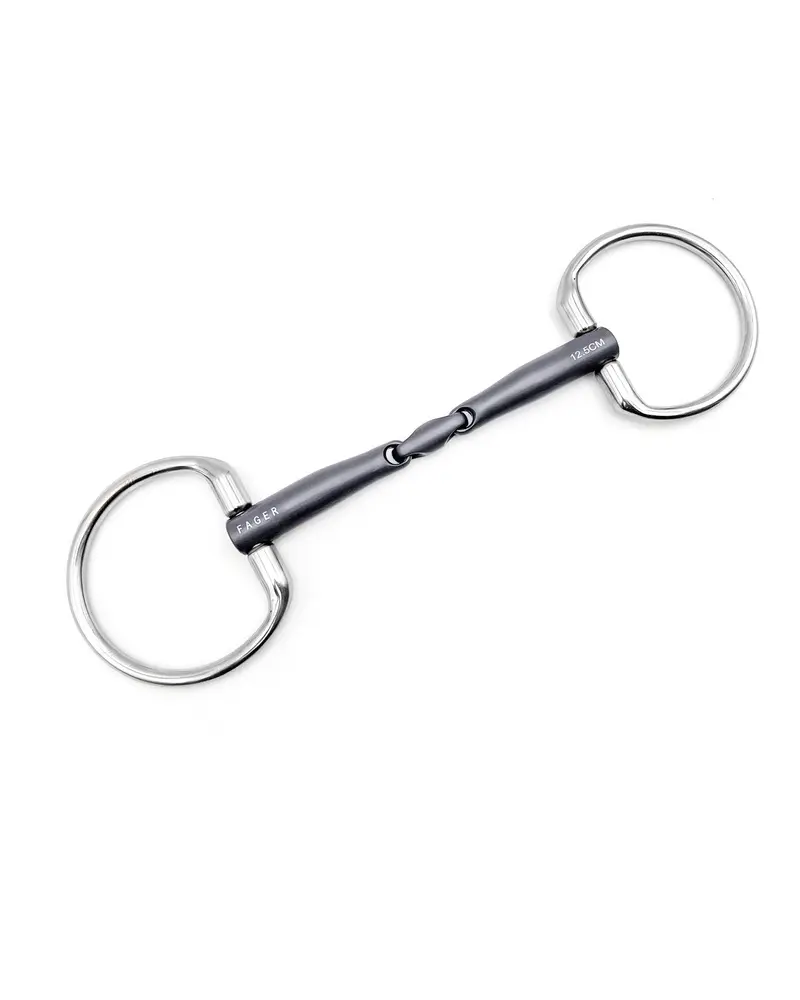
moveable mouthpiece bit
milder and encourages champing but action is less precise
jointed mouthpiece bit
has nut cracker action
pinches or squeezes the tougue
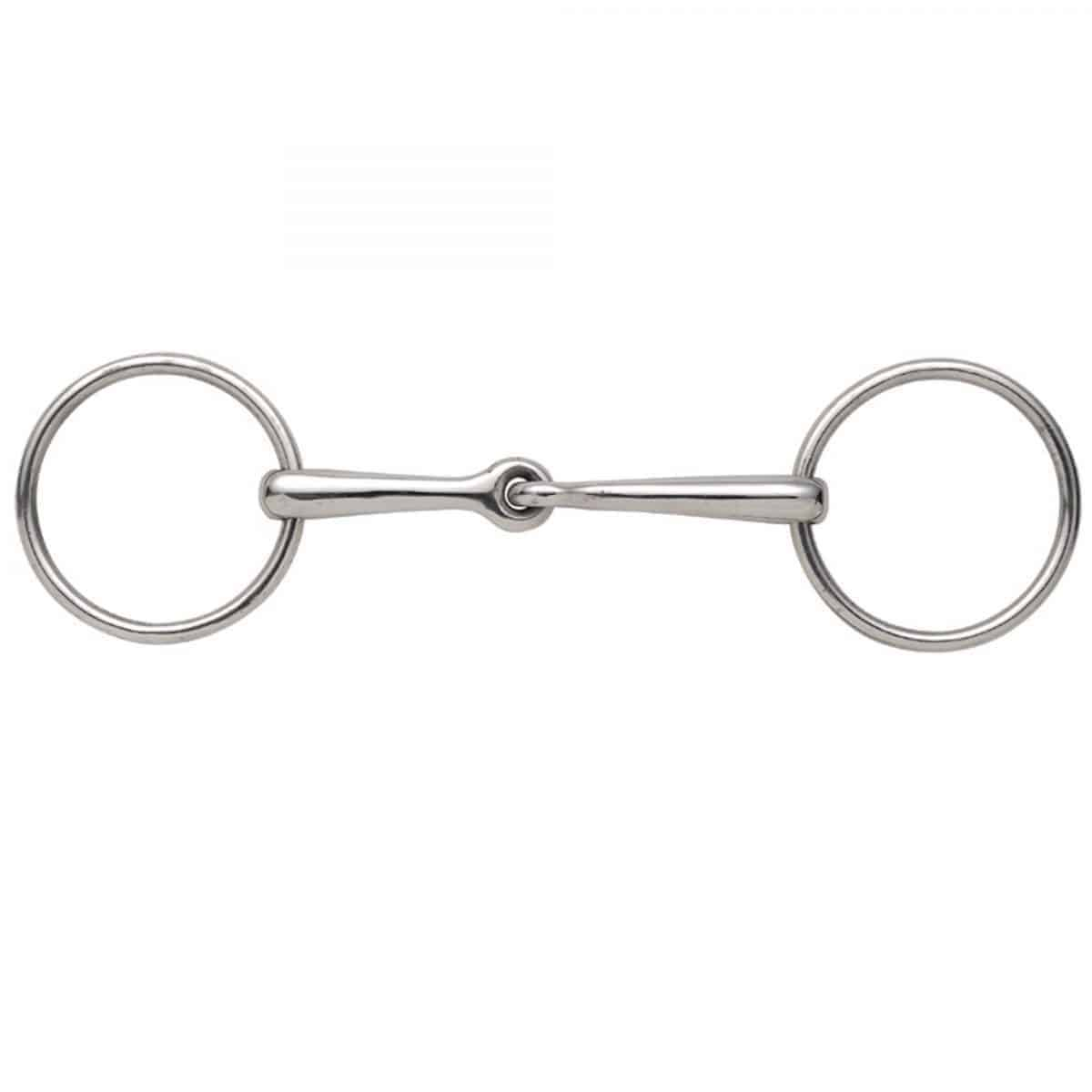
double jointed mouthpiece bit
easier on horses with thicker tongues
allows mouthpiece to rest on the bars more, beacuse the tongue is allowed more room
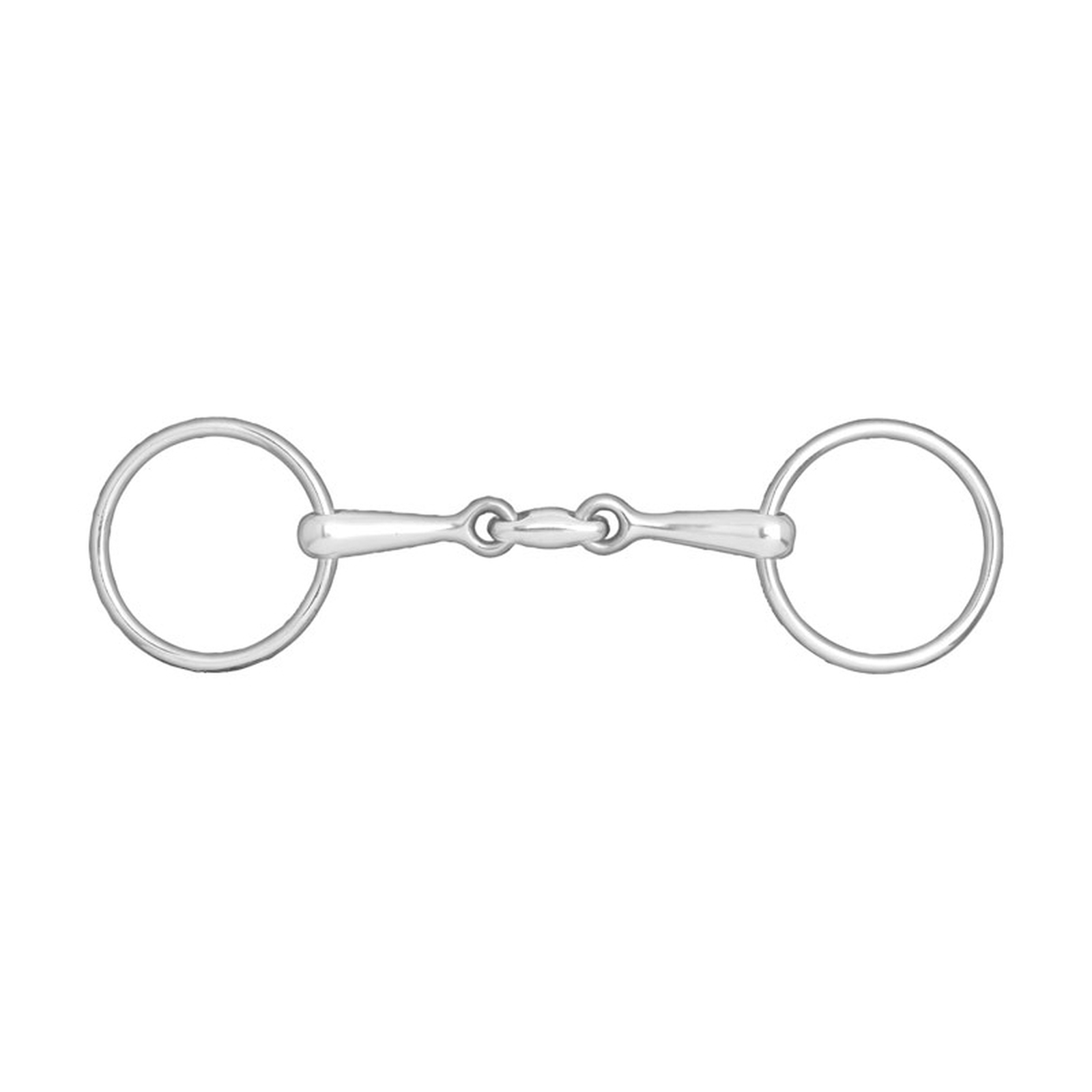
severe
As the mouthpiece gets narrower, it’s more ____
factors influencing bit fit
shape and length of head
thickness of lip
depth of the mouth
thickness of the tongue
position of the chin groove
width of the face
more control over horses actions
why use double reins?
double rein
